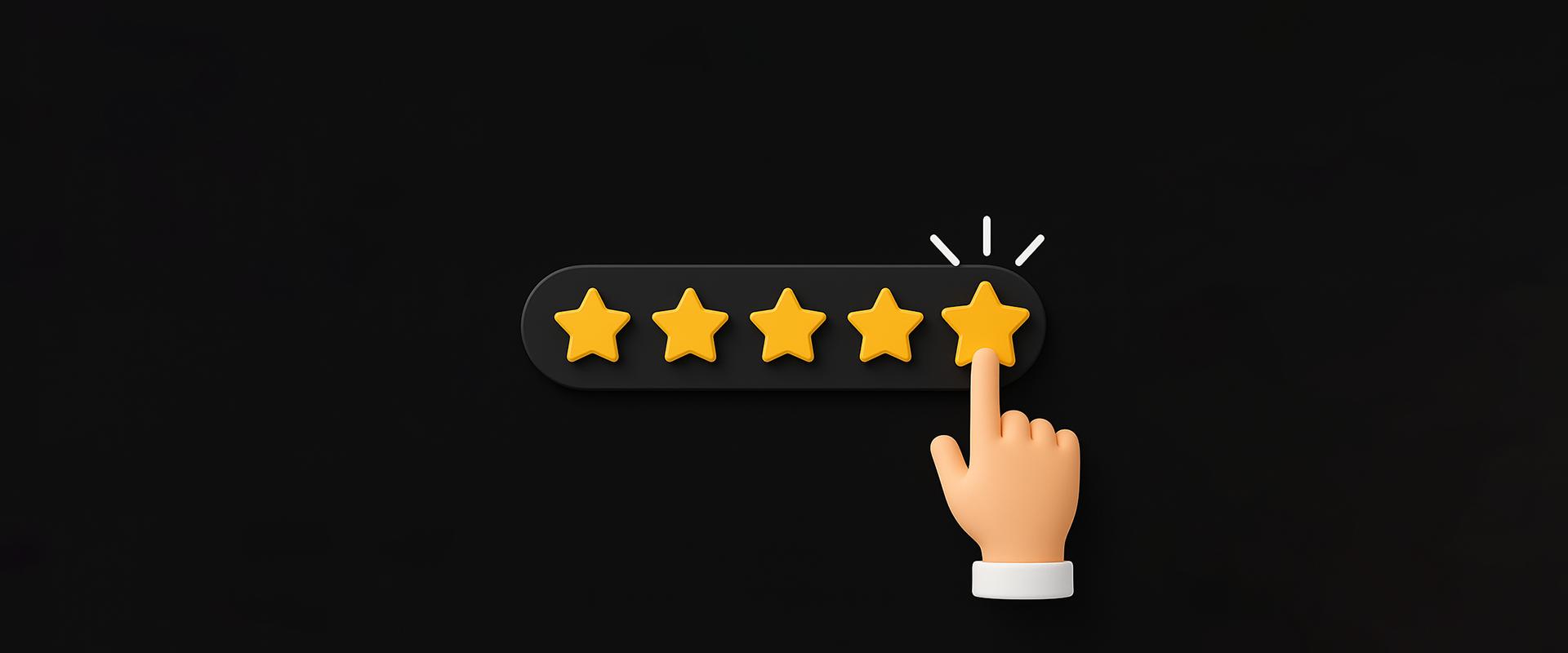Great digital experiences feel one step ahead. They anticipate intent, surface the right content before users even search, and remove friction before it becomes a problem. Predictive analytics makes this level of responsiveness possible.
By identifying behavior patterns, brands can tailor interactions in real time, simplify user journeys, and build digital experiences that feel intuitive from start to finish.
Progressive companies are already using data to eliminate guesswork, improve UX, and deliver value before users even know they need it.
What Predictive Analytics Really Means for UX
Predictive analytics transforms passive behavior into active intelligence. By analyzing historical data and behavior signals, brands can deduce what a user is most likely to do next and create around that.
For example, if a customer spends time on price but does not purchase, a support message or promotion can appear. If they repeatedly view a product page in a row, the site can pull out reviews, comparison, or FAQs. Tools like GA4, Mixpanel, and Hotjar help identify these habits in real-time. These are not tricks. They are forward-looking web design choices that respect consumer intent.
This level of personalization increases conversions and builds trust with potential customers. It improves user experience and shows that you are taking into account all their possible needs.
Why Predictive UX Trumps Static Design
Traditional UX is founded on assumptions: fixed flow, predetermined user paths, one-size-fits-all interfaces. Predictive UX exchanges assumptions for behavior-driven logic. It adapts in real time, guiding users based on what they are doing in the moment, and not always on what designers think that they will do.
This flexibility generates more accurate interaction. Users identify what they desire sooner, prevent unnecessary actions, and feel that the experience has been built around them. Brands gain higher satisfaction, higher conversions, and fewer bounces.
Predictive UX does not replace design fundamentals. It builds upon them with context, allowing teams to build interfaces that are not only functional, but attuned to each user’s moment—with features like dark mode that adjust based on time, place, and preference.
Key Predictive Signals to Track
Predictive analytics is founded on more than just past behavior. You need to track real-time indicators of user intent to create an adaptive experience.
Here are important metrics:
- Session rate: how often and when users come back.
- Visited page path: which pages users visit and which ones they skip.
- Interaction depth: user interaction with key elements on pages.
- Drop-off points: where users drop off on processes like checkout or onboarding.
These signals can help understand a user’s intent before conversion. Predictive UX notices these signals and offers content, offers, or actions without the user asking it directly.
Real-World Applications of Predictive UX
Predictive analytics is not just about knowing what people have done. It’s about doing something with what they will probably do next and doing it in a manner that feels like the norm, not mandated.
Here’s how innovative companies apply predictive UX:
- E-commerce: Product pages vary based on past lookups or cart behavior, emphasizing products with high buy likelihood
- SaaS: Onboarding processes are tailored by user role or team size, reducing steps and friction
- Media platforms: Recommendations aren’t just on what was watched but most likely to be watched next given time, device, and speed
- Customer support: Self-service functionality points to articles of assistance based on previous tickets or in-app behavior
These trends are not just additions. They reduce cognitive load, shorten decision time, and turn static websites into dynamic experiences that evolve with the user through responsive microinteractions that feel intuitive and user-led.
Anticipation Is the New Standard
Users expect more than fast load times and clean interfaces. They need digital spaces that understand them. Predictive UX makes good on that promise by removing friction, surfacing what’s important, and expressing intent before a button is ever tapped.
It’s not about data. It’s about taking patterns and converting them to design. Each thoughtful adjustment, each suggested gesture makes for a smoother, more personalized experience.
A custom website development company understands that great UX isn’t static. Predictive analytics turns behavior into foresight, and foresight into better digital products.
